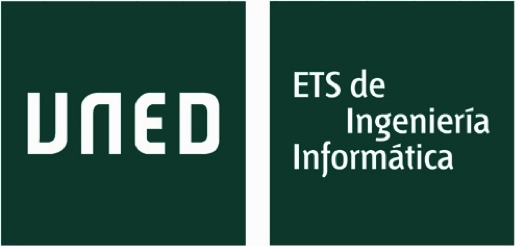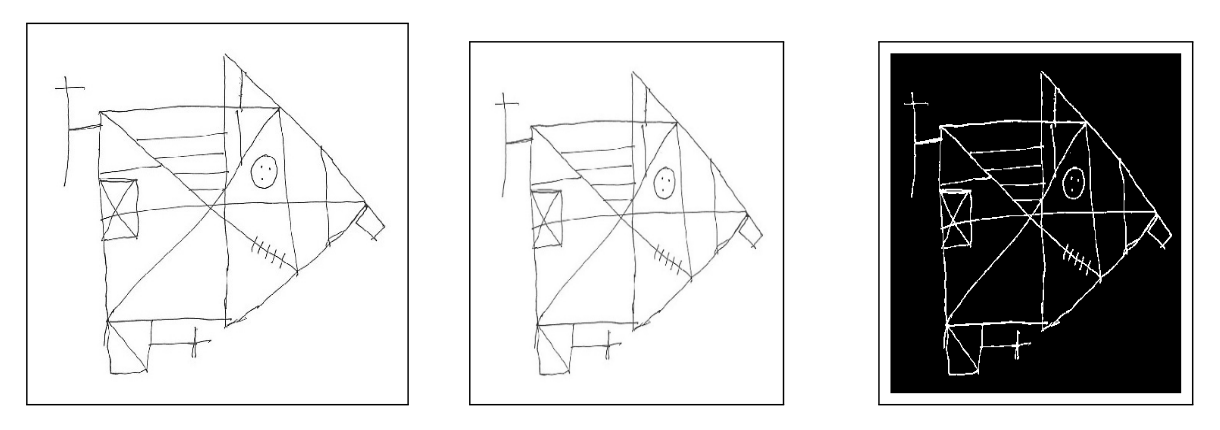
Proyecto "ROCF Automatic Scoring"
A Benchmark for Rey-Osterrieth Complex Figure Test Automatic Scoring

Publication:
Guerrero-Martín J, Díaz-Mardomingo MC, García-Herranz S, Martínez-Tomás R, Rincón M. A benchmark for Rey-Osterrieth complex figure test automatic scoring. Heliyon, vol. 10, n.º 21, 2024. DOI: https://doi.org/10.1016/j.heliyon.2024.e39883Abstract:
The Rey–Osterrieth complex figure (ROCF) test is a neuropsychological task that can be useful for early detection of cognitive decline in the elderly population. Several computer vision systems have been proposed to automate this complex analysis task, but the lack of public benchmarks does not allow a fair comparison of these systems. To advance in that direction, we present a benchmarking framework for the automatic scoring of the ROCF test that provides: the ROCFD528 dataset, which is the first open dataset of ROCF line drawings; and experimental results obtained by several modern deep learning models, which can be used as a baseline for comparing new proposals. We evaluate different state-of-the-art convolutional neural networks (CNNs) under traditional and transfer learning paradigms. Experimental quantitative results (MAE = 3.448) indicate that a CNN specifically designed for sketches outperforms other state of the art CNN architectures when the number of examples available is limited. This benchmark can also be a paradigmatic example within the broad field of machine learning for the development of efficient and robust models for analyzing line drawings and sketches not only in classification but also in regression tasks.
Datasets and source code: